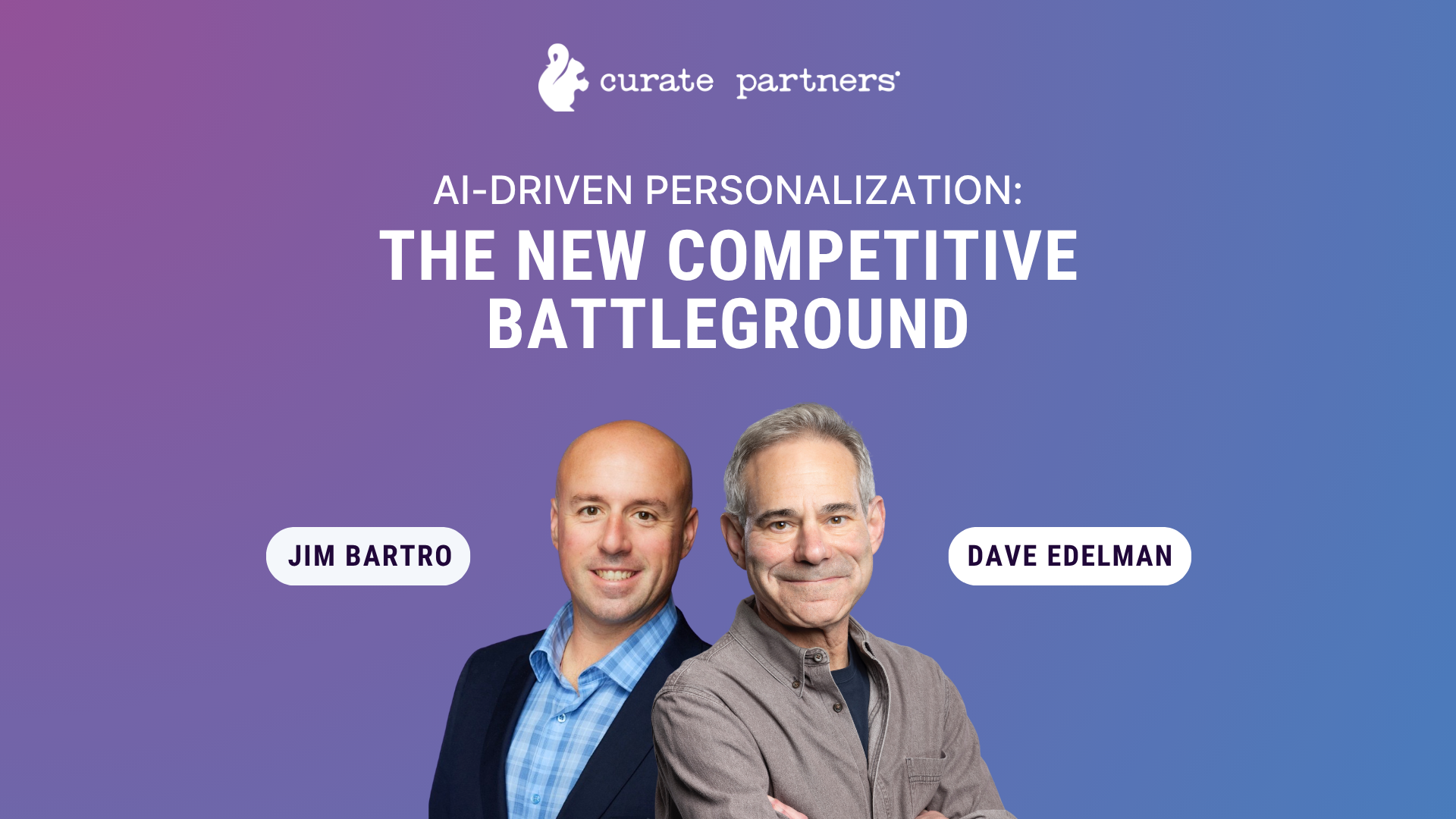Introduction
In today’s fast-paced digital landscape, efficient and scalable communication between services is crucial. This is especially true in microservices architectures, where applications are built as a collection of small, independent services. gRPC (Google Remote Procedure Call) has emerged as a powerful framework to address these challenges, offering significant advantages over traditional approaches like REST. This article explores the benefits of gRPC for both enterprise leaders and technical professionals.
For Enterprise Leaders: How Does gRPC Drive ROI?
- What is gRPC and why should I care? gRPC is a modern, open-source Remote Procedure Call (RPC) framework initially developed by Google. It’s designed for high-performance, scalable APIs, enabling seamless communication between services. Many leading tech companies, including Netflix and IBM, have adopted gRPC.
- How does gRPC improve performance and efficiency? gRPC leverages HTTP/2 and Protocol Buffers (Protobuf) for data serialization. HTTP/2 offers multiplexing and header compression, while Protobuf provides a compact binary format. Together, these technologies result in faster transmission speeds, reduced latency, and lower bandwidth usage compared to REST APIs using JSON or XML. gRPC offers up to 10x faster performance and better API security than REST+JSON.
- What are the key use cases for gRPC in enterprise environments? gRPC excels in scenarios requiring high performance and real-time communication, such as:
- Microservices architectures: gRPC’s efficiency and streaming capabilities make it ideal for internal communication between microservices.
- Real-time applications: Financial services, gaming, and live dashboards benefit from gRPC’s low latency.
- Mobile and web applications: gRPC optimizes data transfer for mobile networks, improving app performance.
- IoT (Internet of Things): gRPC handles continuous data streams from connected devices with minimal delay.
- How does gRPC enhance security? gRPC encourages the use of SSL/TLS for encrypting data in transit. It also supports advanced authentication mechanisms like JSON Web Tokens (JWT) and OAuth 2.0, along with mutual TLS (mTLS) for enhanced security. Role-Based Access Control (RBAC) and detailed access policies can be implemented for a zero-trust approach.
- What are the scalability benefits of gRPC? gRPC is designed to handle large-scale distributed systems. HTTP/2’s multiplexing, combined with Protobuf’s efficient serialization, minimizes performance degradation. gRPC supports various streaming patterns (server-side, client-side, and bidirectional) for efficient data handling. Load balancing, service discovery, and asynchronous processing further enhance scalability.
- How can Curate Partners help? Curate Partners understands the challenges of building and scaling modern applications. We provide skilled talent and consulting services to help enterprises leverage gRPC for optimal performance, security, and ROI.
For B2C Candidates: How Does gRPC Impact Your Career?
- What is gRPC and why is it important for developers to learn? gRPC is a modern RPC framework that’s becoming increasingly popular in building high-performance, scalable applications. It offers advantages over REST in terms of speed, efficiency, and streaming capabilities. Understanding gRPC is a valuable skill for developers working with microservices, real-time systems, and distributed architectures.
- What are the key features of gRPC?
- High Performance: gRPC uses HTTP/2 and Protocol Buffers for fast and efficient communication.
- Strongly Typed Interfaces: Protocol Buffers enforce data structure, reducing runtime errors.
- Code Generation: gRPC generates client and server code from .proto files, saving development time.
- Streaming: gRPC supports unary, server-side, client-side, and bidirectional streaming.
- Interoperability: gRPC supports multiple programming languages, making it suitable for polyglot environments.
- Security: gRPC provides built-in support for SSL/TLS, authentication, and authorization.
- What are the career opportunities for gRPC developers? The demand for gRPC expertise is growing, with numerous job openings for gRPC developers, backend engineers, and full-stack engineers. These roles often involve working on distributed systems, microservices, and high-performance applications.
- What skills are needed to work with gRPC? Key skills include:
- Understanding of gRPC concepts and architecture.
- Proficiency in Protocol Buffers.
- Experience with HTTP/2.
- Knowledge of various gRPC streaming patterns.
- Familiarity with code generation tools.
- Experience with relevant programming languages (e.g., Go, Java, Python).
- How can Curate Partners help? Curate Partners connects talented developers with exciting opportunities in companies adopting gRPC. Explore our curated list of gRPC-related job openings to advance your career.
Conclusion
gRPC offers a powerful solution for building scalable, high-performance, and secure microservices. Its efficiency, streaming capabilities, and strong typing make it a compelling alternative to REST in many scenarios. Whether you’re an enterprise leader seeking to optimize your application architecture or a developer looking to expand your skillset, understanding gRPC is essential in today’s technology landscape.




